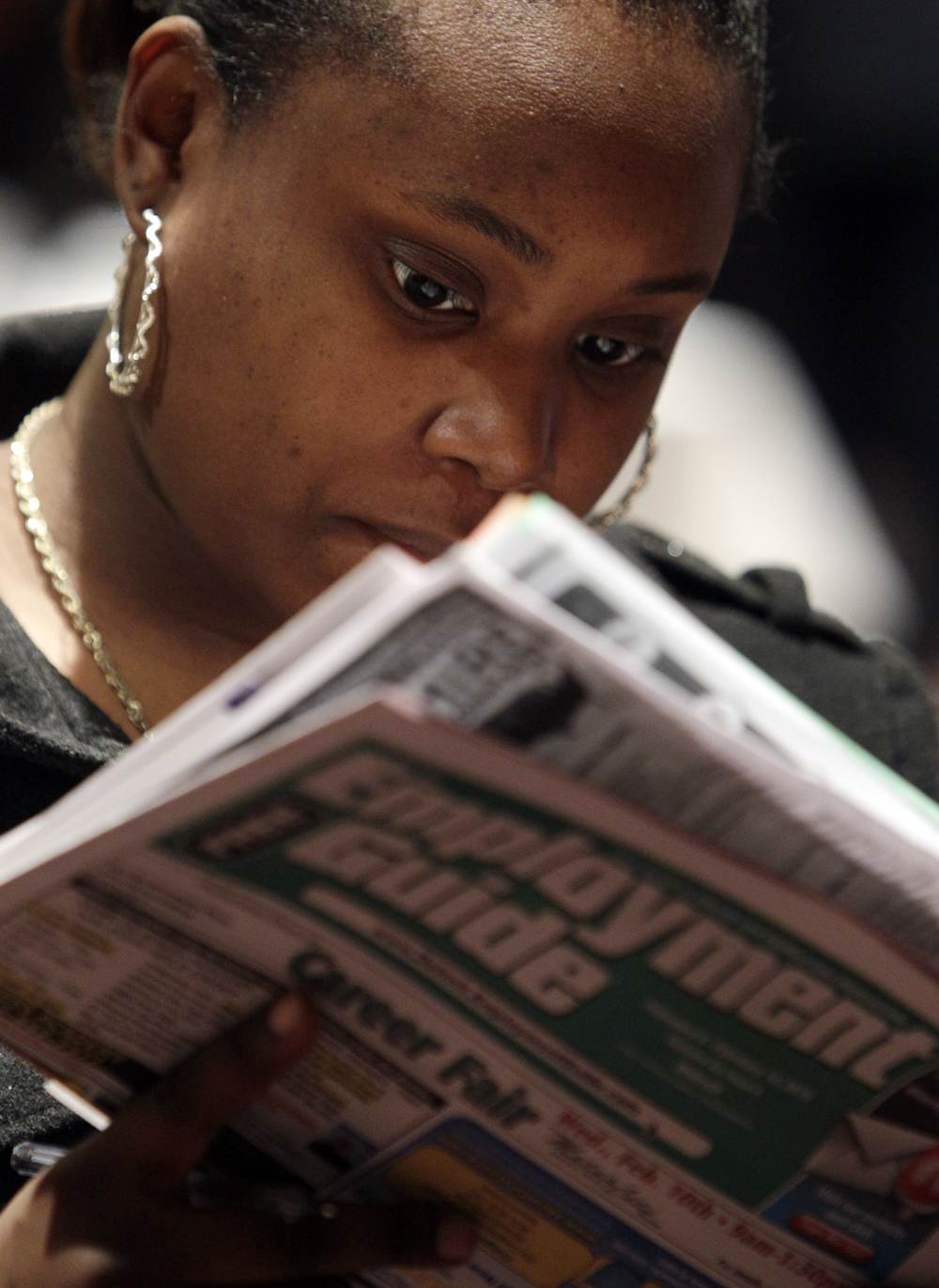After a summer in which the weekly jobless claim numbers inflicted one disappointment after another, the past three weeks have witnessed a mildly encouraging reversal of trend. Today’s report from the Bureau of Labor Statistics delivered the biggest surprise, a 27,000 drop from last week’s (slightly revised upward) 478,000 claims. Investors, we are told, took heart in this much-better-than-expected news.
The numbers are the best since early July and the four-week moving average is headed back down. But there’s a caveat. The Labor Day holiday resulted in nine states — including California — failing to report their data to the government. Bloomberg reports that California and Virginia turned in estimates instead of hard numbers, while the Bureau of Labor Statistics made its own guesses for the other seven states.
Calculated Risk suggests that means that the real jobless claims number is probably higher than reported by the bureau. I guess we’ll find out next week whether the trend has any real legs. The proximity of the midterm elections means that September’s overall employment numbers are going to be the subject of more than usual amount of political hot air blathering, so HTWW will keep an extra close watch this month.
But in the meantime, the Big Picture offers some space to Gluskin-Sheff analyst David Rosenberg with which to counteract even the slightest mote of optimism about the economy.
Finally, you know it’s a depression when, 33 months after the onset of recession:
- Wages & Salaries are still down 3.7 percent from the prior peak
- Corporate profits are still down 20 percent from the peak
- Real GDP is still down 1.3 percent from the peak
- Industrial production is still down 7.2 percent from the peak
- Employment is still down 5.5 percent from the peak
- Retail sales are still down 4.5 percent from the peak
- Manufacturing orders are still down 22.1 percent from the peak
- Manufacturing shipments are still down 12.5 percent from the peak
- Exports are still down 9.2 percent from the peak
- Housing starts are still down 63.5 percent from the peak
- New home sales are still down 68.9 percent from the peak
- Existing home sales are still down 41.2 percent from the peak
- Nonresidential construction is still down 35.7 percent from the peak
And that, in a nutshell, explains why Republicans could take back the House.

